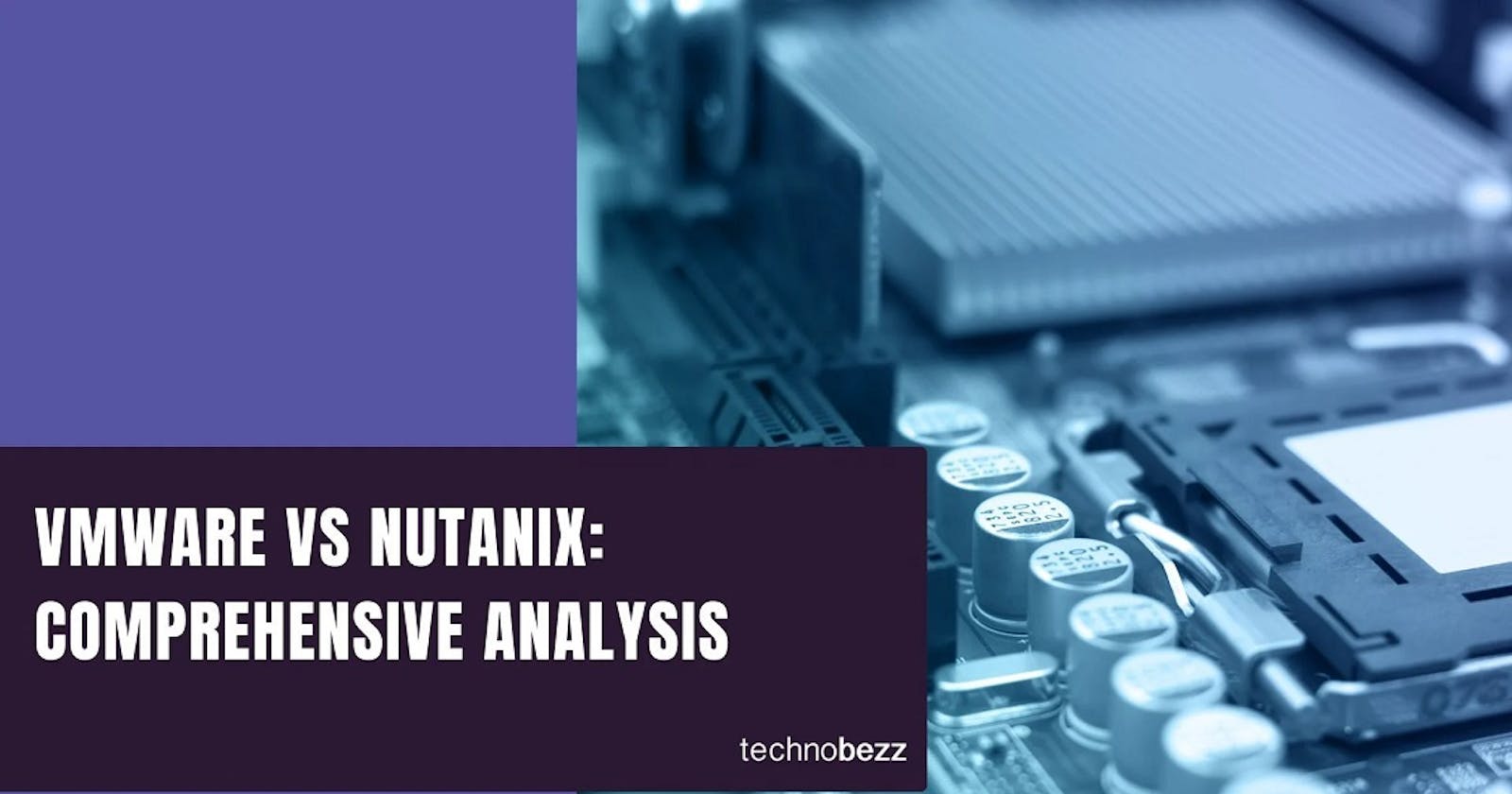In the rapidly evolving world of cloud computing and virtualization, two names often come to the forefront of discussions: VMware and Nutanix. Both companies have carved out significant niches, driving innovation and providing robust solutions to complex problems. Yet, as organizations look to optimize their IT infrastructure, the question of which vendor offers the superior solution becomes paramount. In this comparative analysis, we delve into various facets of VMware and Nutanix to determine which stands out as the leader in the industry.
Company Backgrounds
VMware, established in 1998, is recognized as a pioneer in virtualization and cloud infrastructure solutions, offering a wide range of products and services that cater to large enterprises and small businesses alike. VMware's software-defined data center (SDDC) concept has been a game-changer, enabling businesses to run, manage, connect, and secure applications across clouds and devices in a common operating environment.
Nutanix, on the other hand, was founded in 2009 and quickly emerged as a leader in hyper-converged infrastructure (HCI), blending compute, storage, and networking into a simplified, easy-to-deploy solution. Nutanix's approach focuses on making data center infrastructure and clouds invisible, allowing IT to focus on the applications and services that power their business.
Product Offerings
VMware offers a broad portfolio, including the vSphere hypervisor for virtualization, vSAN for software-defined storage, NSX for network virtualization, and VMware Cloud on AWS for hybrid cloud solutions. VMware's products are designed to work seamlessly together, creating a cohesive ecosystem for virtualizing IT environments.
Nutanix centers its offerings around its Acropolis software, which includes its own hypervisor (AHV), alongside solutions like Prism for infrastructure management and Era for database management. Nutanix prides itself on its ability to offer an all-in-one HCI solution that simplifies the deployment and management of virtualized workloads.
Market Presence
VMware has a long-standing presence in the market, with a vast customer base that spans various industries worldwide. Its solutions are often considered the industry standard for virtualization. Nutanix, while younger, has made significant inroads in the HCI market and boasts a rapidly growing customer base that values its innovative approach to simplifying data center operations.
Performance and Scalability
Both VMware and Nutanix offer high-performance solutions capable of scaling to meet the needs of growing businesses. VMware's mature ecosystem and wide range of integrations mean it can support a vast array of applications and workload types. Nutanix, with its focus on HCI, provides a streamlined path to scaling infrastructure by adding nodes to clusters without the complexity often associated with traditional three-tier architecture.
Ease of Use and Management
Nutanix is widely lauded for its user-friendly interface and straightforward management tools, which reduce the complexity and operational overhead of managing virtualized environments. VMware, while offering a comprehensive set of tools through vCenter and other management solutions, can present a steeper learning curve, especially for organizations new to virtualization.
Cost
The total cost of ownership can vary significantly between VMware and Nutanix, depending on the specific needs and existing infrastructure of an organization. VMware's pricing is often viewed as premium, especially for its more advanced features and capabilities. Nutanix aims to offer competitive pricing, especially for its HCI solutions, but costs can escalate as additional features and services are added.
Customer Support
Both companies have a reputation for providing excellent customer support, with extensive documentation, active community forums, and responsive support teams. The choice between VMware and Nutanix may come down to personal preference or specific experiences with each company's support structure.
Conclusion
Choosing between VMware and Nutanix depends largely on the specific requirements, existing infrastructure, and strategic goals of an organization. VMware remains a top choice for enterprises seeking a comprehensive, proven solution with wide-ranging capabilities. Nutanix, with its focus on simplicity and HCI, is an excellent option for organizations looking to streamline their IT operations and embrace a more integrated approach to infrastructure management.
In the end, the decision between VMware and Nutanix is not necessarily about which is better overall, but which is more suited to meet the unique needs of your business. It's advisable for organizations to conduct a thorough evaluation, considering both current and future IT requirements, before making a choice.

